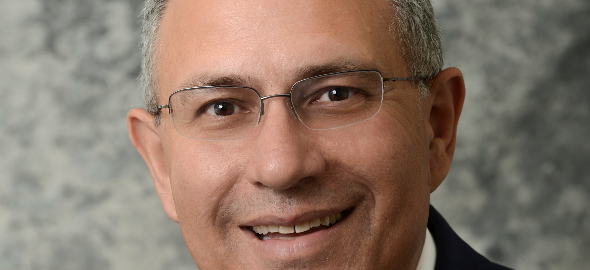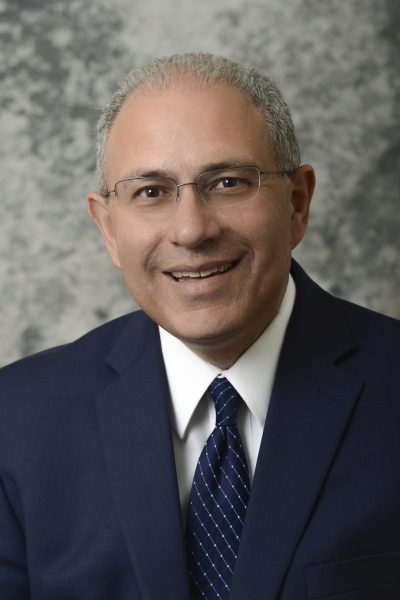
NYSUT: It’s time to ramp up COVID testing in schools

Of all the tools that can help fight COVID-19, don’t underestimate the simple cotton swab.
Testing for COVID has been a critical part of trying to control the spread since the very beginning of the pandemic. In schools, some have made it a priority for measuring the safety of returning to in person learning. Unfortunately, far too many districts are still not conducting any testing at all.
In fact, NYSUT surveyed all of the districts statewide to come up with a snapshot of who is providing a testing program this week.
What we found was completely unacceptable, and it must change.
Just 57 total school districts are offering some sort of routine COVID testing program for the entire school population. That is fewer than 10 percent of the districts in New York State. In most cases, the testing is of both adults and students, though in some districts it’s either students or staff.
Clearly testing efforts aren’t going to become widespread organically. In the same way the state has issued guidance on mask wearing, on maintaining proper social distancing and on disinfecting of schools, additional direction on how to ramp up testing efforts is sorely needed to address the current patchwork quilt riddled with holes.
And the state and federal governments need to provide the financial resources districts need to conduct comprehensive testing programs without having to sacrifice any of the COVID-related and routine academic supports.
Yes, increased testing statewide would be a big endeavor. But we know it is possible. Look no further than SUNY’s testing program. Their program includes testing on-campus students and staff before they return, then performing ongoing testing to monitor potential spread. This could serve as a guide for how to implement robust testing programs at the K-12 level.
The other critical piece to remember in this debate is there are no silver bullets. More testing is not a replacement for wearing masks or keeping six feet of social distancing or improving ventilation, just like vaccines are not a substitute for testing. And if the testing data show that a shift to remote or hybrid learning is necessary to keep an outbreak in any given school from blooming, then that also needs to continue to be an option.
None of this should be a new idea. It’s exactly what the CDC said in the Journal of the American Medical Association in January.
There has never been a question about whether educators want to go back to the classroom. Our school staff wants nothing more than to be back to in-person learning and to be with their students and ensure they have what they need to succeed. But that needs to be done safely. Testing has to be part of ongoing efforts to keep children and educators safe.
Andy Pallotta is president of the New York State United Teachers union.
